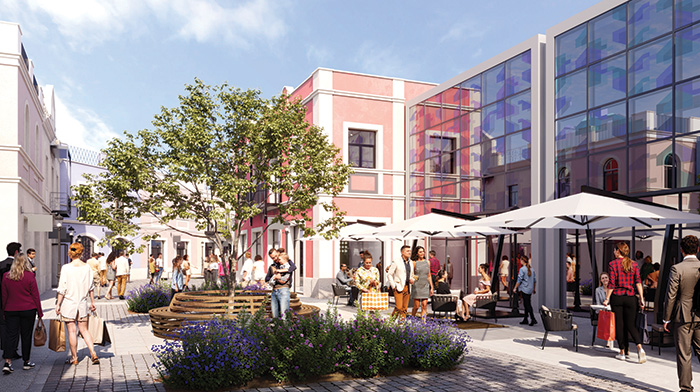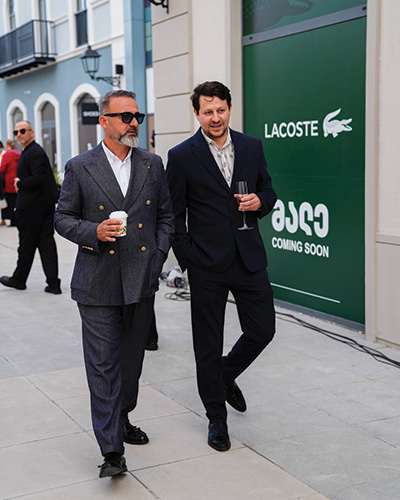Discounts, design, and destination retail: Georgia debuts its first outlet village
Open-air architecture and shop-lined streets will soon be drawing crowds. Tbilisi Outlet Village (TOV) opened on September 26 along the E60 highway, just minutes from Tbilisi International Airport. The project introduces a retail format common in Europe but new to the South Caucasus: the outlet village.

Concept and design
Developed by Spanish architectural firm L35 with Georgian partners Dodoshka Chubinidze and Domus, the complex adopts design elements inspired by Old Tbilisi while following the “village” model seen in Western Europe. Unlike conventional malls, outlet villages emphasize open-air layouts, a mix of retail and dining, and a focus on attracting both domestic and international visitors.

“Our architecture is designed as an open-air, village-style space where guests can escape the hustle and bustle of the city,” explains TOV’s Chief Marketing Officer Billy Isiani. “The environment will be welcoming, inspiring, and full of surprises – from live music to cultural installations and events. We are not just another shopping center: visitors will enjoy outlet prices while also spending quality time with friends and family.”

Market positioning
In its initial phase, the project includes 65 brands—including Adidas, Nike, Puma, Benetton, Lutecia, Regalia, Pollini, and VA BENE, with several entering the Georgian market for the first time—and seven gastronomic centers, with 55 filled by year-end and the remaining 10 by 2026. Once complete, the outlet will move to its second phase, expanding to 120 brands and 12 gastronomic centers by 2028.

“There will be activities for the whole day,” says Isiani. “From morning to evening, visitors will be able to shop, relax, and enjoy new gastronomic experiences and activities that are innovative for Georgia.”
The outlet concept typically rests on permanent discounts—between 30% and 70%—making it distinct from traditional malls. TOV management expects the customer base to be roughly split between local residents (45%) and visitors from the region, including Armenia, Azerbaijan, Turkey, and beyond (55%). “We are actively working with the National Tourism Administration so that shopping tourism becomes one of Georgia’s leading attractions,” Isiani adds.

Employment and scale
Phase one covers 12,500 square meters, with an eventual expansion to 20,000 sq.m. Management estimates that around 300 jobs will be created initially, rising to more than 600 as the project grows.
Regional context and outlook
By 2025–2026, the outlet village projects at least two million annual visitors, aiming to position itself as the region’s leading retail destination. “Our goal is to make Tbilisi Outlet Village the main shopping destination in the Caucasus,” says Isiani. “In the long term, we plan to expand to 120 stores, introduce more premium brands, develop a strong loyalty program, and achieve LOVE MARK status”—a marketing term that refers to companies whose customers identify with them on a personal, almost emotional level.
If successful, Tbilisi Outlet Village could help anchor shopping tourism as part of Georgia’s broader visitor economy. In Europe, outlet villages have become destinations in their own right, blending fashion retail with leisure and travel. Whether the model will achieve comparable traction in the South Caucasus remains to be seen, but the developers are betting that the combination of international brands, cultural programming, and outlet pricing will draw tourists and local consumers alike.
